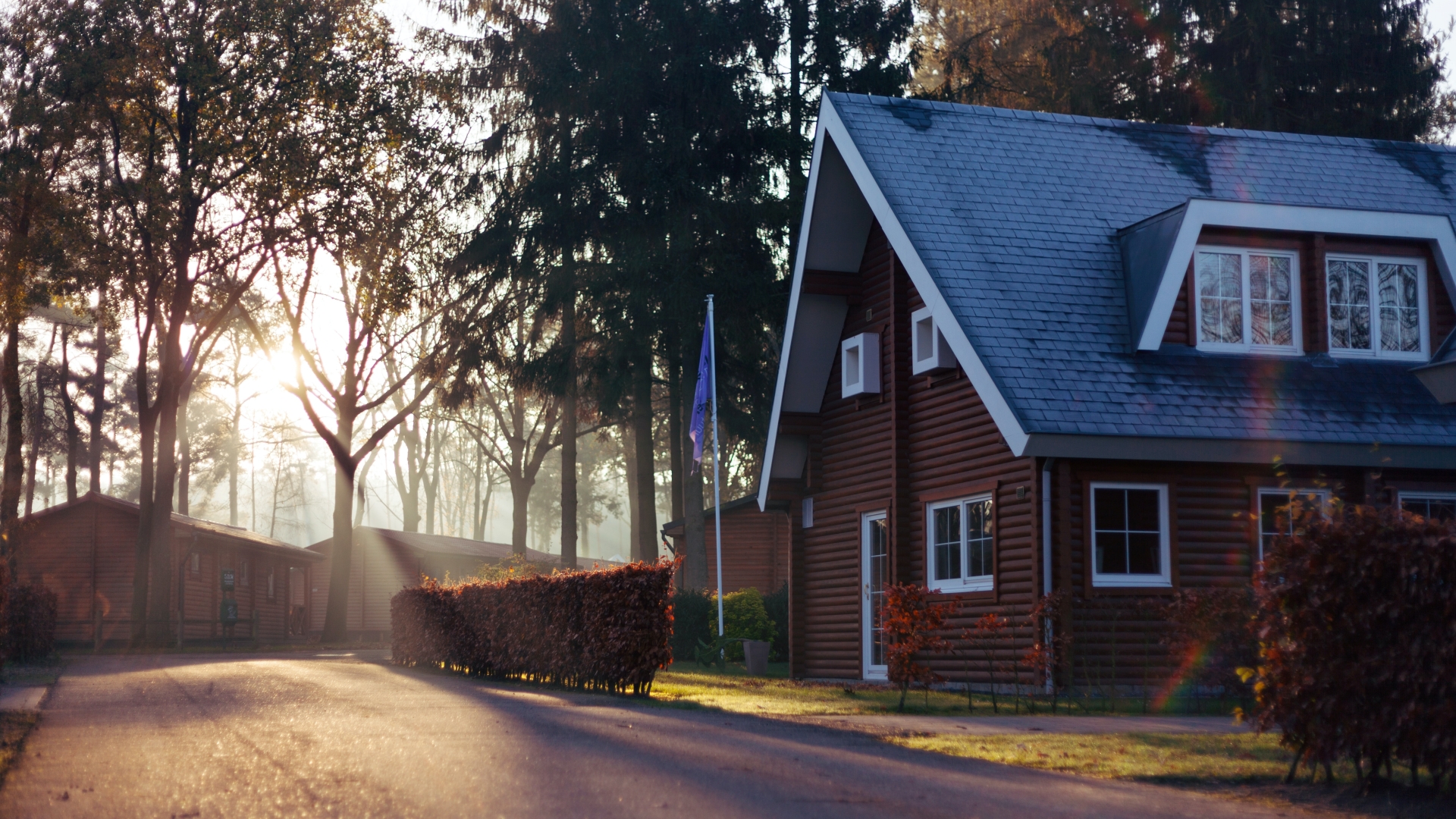Home remodeling or even just home improvement can greatly improve upon the comfort and value in your home. Whether you are doing a remodeling project or an addition, it’s important to consider a few things such as budgeting and how to find the best contractor. Keep on reading for advice that will help you bring your home improvement goals to life.
Setting a Realistic Budget
Here’s how to approach this crucial step:
Assessing your finances: Go through the income, expenditure, assets and liabilities carefully to know how much you can afford for your project.
Researching costs: Check online cost resources to come up with an approximate budget for the project including: cost of the material, for labor, permits, etc the cost differs with the type of project, size and region.
Obtaining detailed estimates: When you get down to specifics on the intended plans, seek detailed bids from at least three contractors. Compare bids carefully.
Factoring in contingencies: One has to include an additional 10-20% for contingencies during construction as this is usually incurred.
Prioritizing and making adjustments: Be prepared to cut on your expectations as far as bidding is concerned if the prices are way above what you propose to spend.
Working with the Right Professionals
Tips on how to find the right team:
Seeking recommendations: Referred by friends, neighbors, realtors, architects and home builders.
Reading online reviews: To do this, try to look for feedback on some of the contractors from Yelp, Angie’s List or the Better Business Bureau.
Verifying credentials: Ensure that the state license, insurance cover, bond and manufacture certifications are available.
Interviewing potential contractors: Face-to-face and enquire whether they have dealt with the particular project before; the procedures involved, guarantees, and the way they communicate. At least three references must be checked.
Getting everything in writing: Peruse and initial comprehensive contracts dealing with specifics of the project, such as the kind of work to be done, time frame, type of materials to use, warranty, payments, etc.
Design Inspiration and Planning
Some sources of inspiration and key design considerations:
Online platforms: Go on websites such as Pinterest and Houzz and start collecting images of bathrooms, kitchens, outdoor spaces, and other desired sights.
Home improvement magazines: For more information and ideas on remodeling, there are many magazines such as Remodeling, this Old House, and Fine Home building.
Showrooms and design centers: Drawing ideas directly from fixtures, flooring, cabinetry, countertops, and lighting, as well as other surfaces to come into contact with.
Functionality: Make sure that any extensions and changes in the setup are very utilitarian or as per your life style.
Aesthetics: Select finishes for interiors that blend and complement one another and best suit your personal preference.
Lighting: Task lighting and accent lighting, also called mood lighting, are very important depending on the design of the lighting.
Color palette: Cautious choice of painting and materials.
Materials: Choose robust fabrics that do not need harsh washing and do not wear damp quickly.
Popular Remodeling Projects
Let’s explore some of the most common ones:
Kitchen remodeling: Kitchen renovations are among the most common due to the changes that involve cabinetry, sinks, and lights among others. Fuel cell customers get back over 60% of their value at resale.
Bathroom remodeling: Replacing faucets, showerheads, bathtubs, light fixtures, cabinet, ventilation, floor and more bring new look to baths.
Basement finishing: Expanding the available usable square footage by reorganizing the utility of poorly lit, dark and cold basements such as by adding recreation rooms, cinema rooms or gyms.
Adding a deck or patio: Outdoor improvements create additional living space and help increase attractiveness and the value of the house.
Home office upgrades: An ergonomic and visually appealing dedicated space enhances productivity and homeowners’ ability to work from home.
Home Additions: Expanding Your Living Space
In your next remodel project, try out a Cape Cod house addition:
Second-story additions: Upward construction can create new bedrooms or baths and additional space without enlarging the floor space.
Room additions: Additions such as small two or three-room additions or expansion of an area already in the home such as the family room, master bedroom, home office, or sun porch add square footage.
Bump-out additions: Huge boxes laid back and small bump-out additions like bay windows, the extending entryways & kitchens not only provide dimension, but also visually openness.
Garage additions: An additional garage space allows home owners to suit cars, equipment storage, working spaces, and gyms.
The Construction Process
The general overview of what to expect when undertaking the remodel project :
Permits and inspections: The majority of the home addition and considerable remodeling projects will need permits. Buildings and structures are given several inspections by the municipal to check if they meet the standard requirements in constructing a certain building.
Demolition and site preparation: Buildings that are scheduled for reconstruction are pulled down and structures deemed uninhabitable are removed and taken away; ground is cleared and leveled or graded ready for construction pads.
Foundation and framing: Poured reinforced concrete foundations are utilized, cement and steel bars are put and concrete is left to set properly. Next up is weight-bearing wooden framing The frame is erected by manually lifting the frame into place.
Roofing and siding: Waterproof roofing such as composition shingles or metal material, if required, is laid over sheathing. The house surface is protected by some kind of cladding or both interior and exterior walls are embellished with masonry veneer.
Electrical, plumbing, HVAC: All new wiring, fixtures, outlets, pipes, vents, appliances and all heating and cooling equipment are installed by licensed electricians, and/or plumbers to current code and user specifications.
Insulation and drywall: Surrounding frames are the parts of the construction that receive the insulating material, such as fiberglass batting or even spray foam. Internal structures are then faced with drywall panels.
Painting and finishing: Walls trim work and ceilings are readied, primed and painted. Cabinets are fitted, then the floor, fixtures and lastly, touches and details.
Final inspections and walkthrough: Allowing offices to inspect projects and take photos several weeks before issuing a certificate of occupancy. Final inspections: building occupants inspect all systems, touch up items and finalize the move-in process.
Conclusion
With proper planning, scheduling, personnel procurement, and project management, remodeling and home addition projects increase comfort, convenience, beauty, and pleasure in your living environment for years.











